As Charles Cushman sat in the small wooden swing, swaying back and forth 80 feet above the ocean, he had one thought: “Plenty of people have done this before me and they didn’t die. Surely I won’t be the first.”
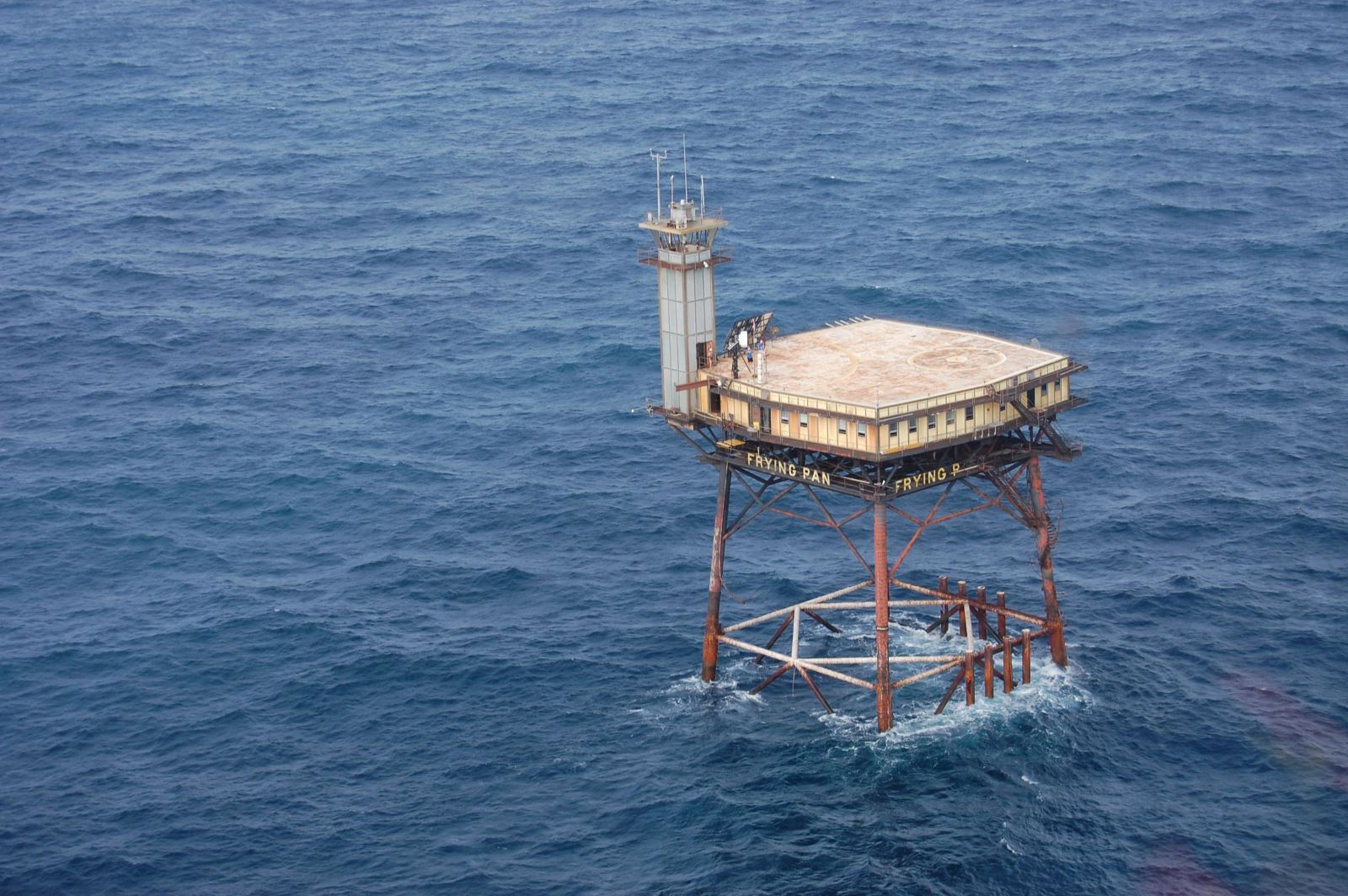
The 37-year-old New Bern, North Carolina, lawyer was in the process of boarding The Frying Pan Tower, a Coast-Guard-Light-House-turned-B&B 34 miles off the coast of North Carolina. After an hour of loading and unloading, he and his seven friends each had two feet firmly planted on the Tower deck. Their subsequent weekend experience was typical of Tower visitors: fun, sprinkled with adrenaline and occasional trepidation, particularly when walking on 90-foot high walkways or swimming in five-foot swells.
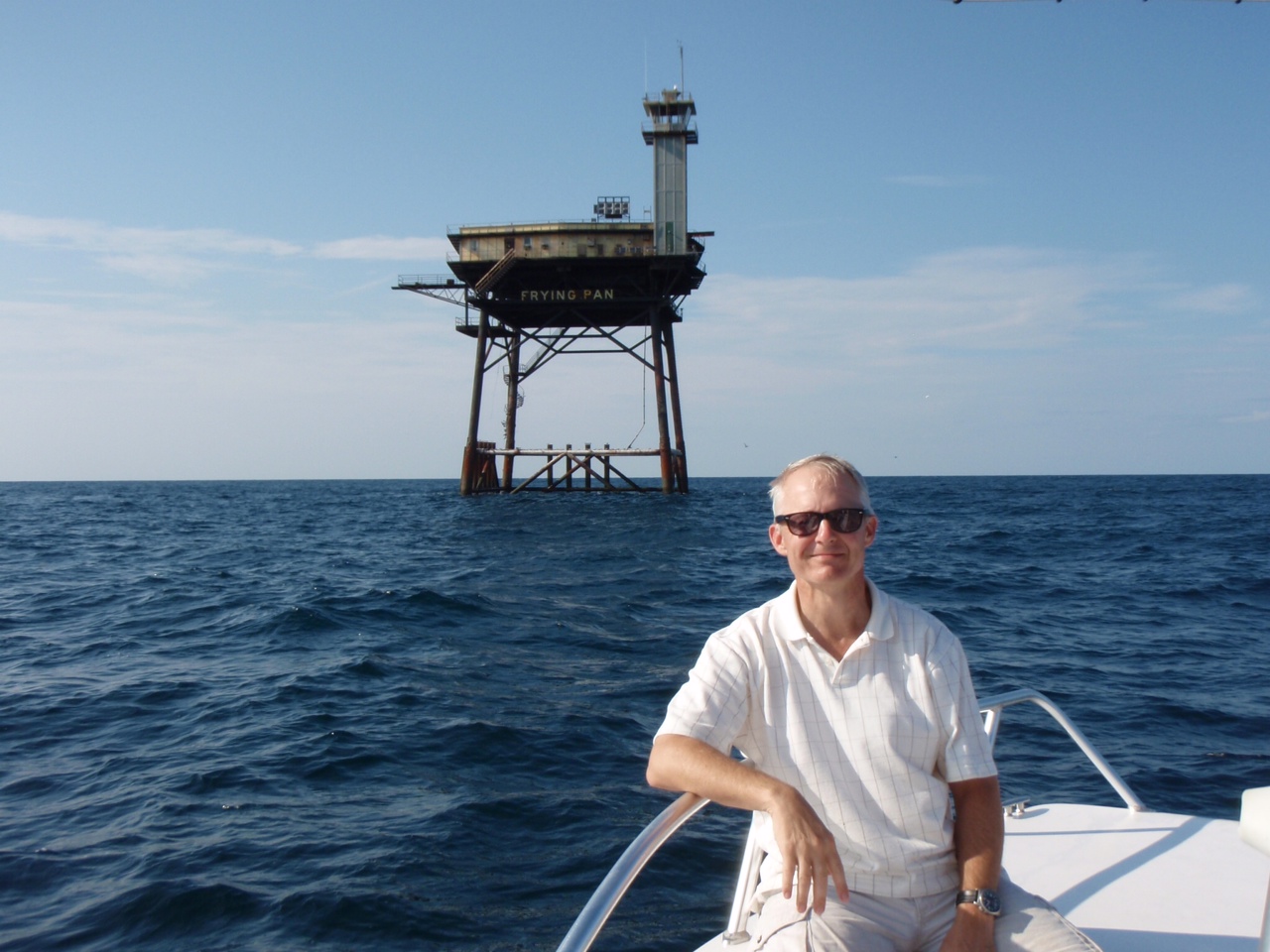
Whether to disconnect from the tech-dependent chaos of everyday life or to bond with friends and family out at sea, visitors from around the world have scheduled Frying Pan Tower stays since its opening five years ago.
Software engineer Richard Neal bought the former lighthouse in a government-sponsored auction in 2010. Along with his wife, children and several volunteers, Neal spent two years renovating: restoring plumbing and electricity, and relocating random objects scattered inside, like two-decade-old jumbo packs of toilet paper. After working to turn the Tower—complete with an 80 foot by 80 foot helipad—into a working B&B, Neal hosted his first guests in 2012. The initial experience for the family of four was, to say the least, rustic.
“They were sleeping in the open rec room area on air mattresses,” Neal says. “We had electricity going, but it was a noisy, fuel inefficient generator. We probably had a little water pressure for a shower, but it was still a very rugged place. We’ve come a long way.”
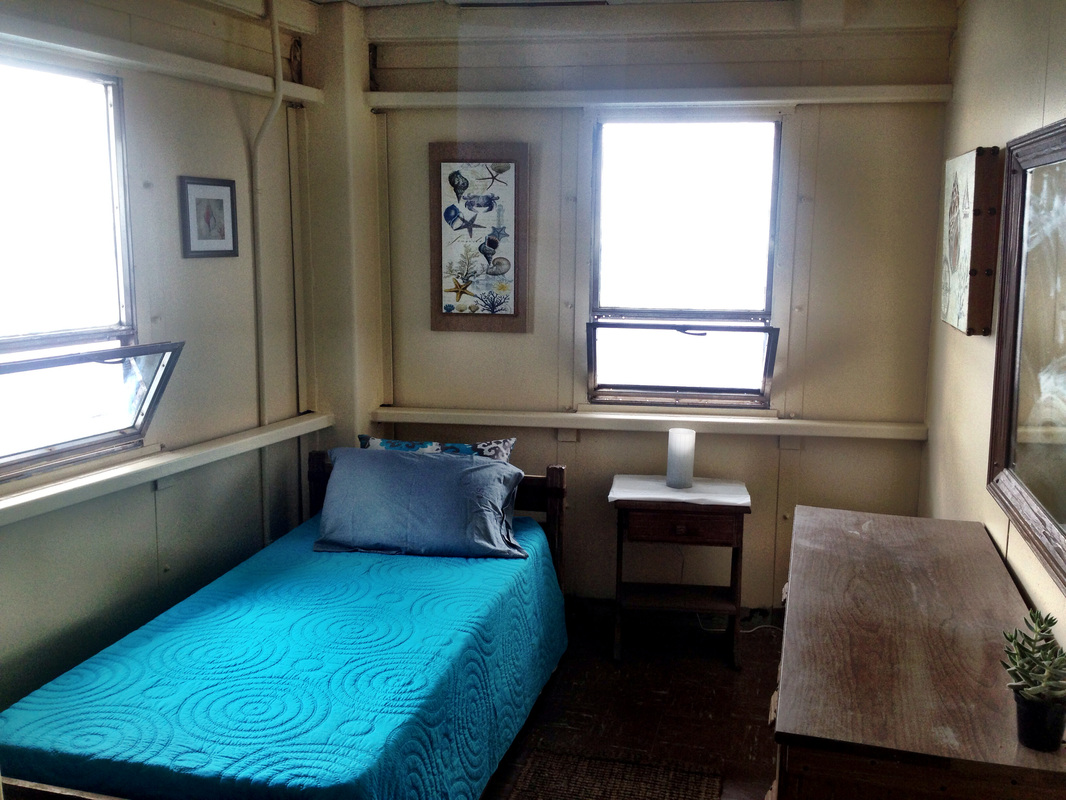
The Tower now has eight bedrooms—five twin bedrooms and three queen bedrooms. The two-member crew, usually Neal and/or his family, shares an additional room. The Tower has two working bathrooms that use water caught during rainstorms in 11,000-gallon holding tanks. About 90 percent of the time, the Tower runs on solar power, though it also has a small generator. Tower staff provides meals, but guests often fish the nearby Gulf Stream and cook their catch that evening.
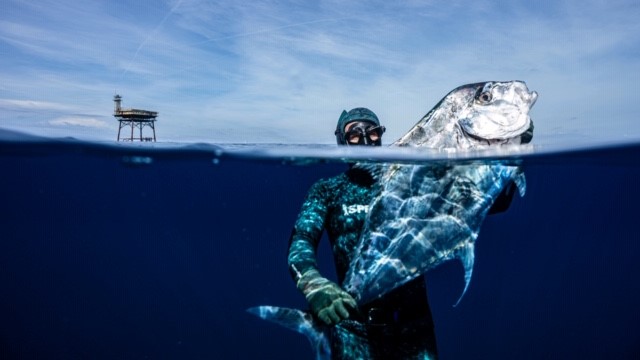
While Cushman described the lodging and amenities as “very comfortable,” boarding can be daunting, depending on your choice of transport. Guests can either charter a helicopter based in Southport, North Carolina, which brings them to the Tower helipad in 20 minutes, or they can hire a powerboat or bring their own boat, as Cushman and his crew did.
After a Friday evening arrival, visitors can gaze at the night sky of an incredible constellation showcase and shooting stars. Daytime activities include skeet-shooting biodegradable clays, playing corn hole or billiards, snorkeling or scuba diving the protected reef waters below, and sunbathing on the helipad. Golfers can even tee biodegradable golf balls into the ocean, to the delight of fish (the balls are made of fish food).
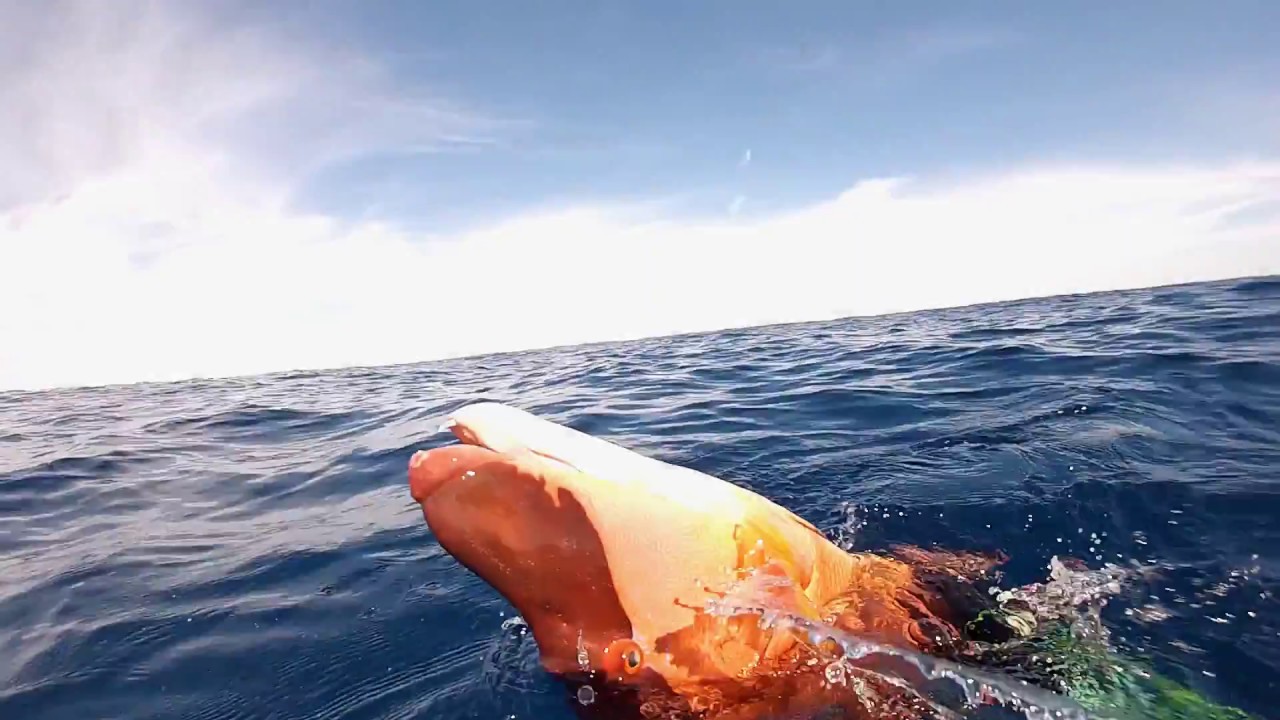
Seventy percent of guests visit on weekends; April through June, September and October are the most popular months, though Neal says there’s often a group who rings in the New Year.
Even in hurricane season, the Tower remains open. Neal was on the Tower with three of his children during Hurricane Arthur; while the structure lost a few solar panels and one window during the Category Two storm with 100 mph winds, he said it otherwise felt like a “gentle rocking motion,” a sensation visitors experience throughout the weekend, hurricane or no.
“It’s an adventure, and it’s safe as we can make it,” Neal says of a Tower stay. “It’s definitely not a Disney ride."
According to cntraveler











